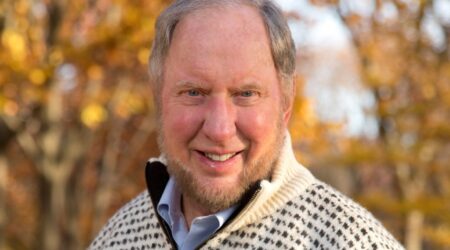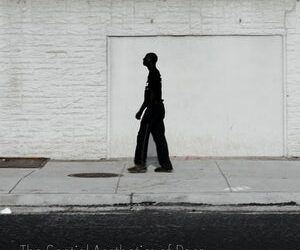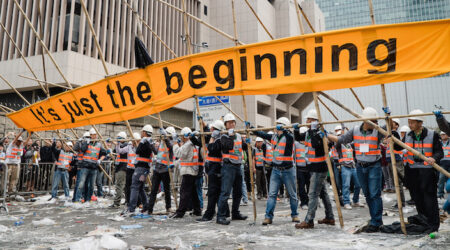Recorded on Nov. 5, 2020, this online “Authors Meet Critics” panel featured Rosemary Joyce, Professor of Anthropology at the University of California, Berkeley, discussing her book, The Future of Nuclear Waste: What Art and Archaeology Can Tell Us about Securing the World’s Most Hazardous Material. Professor Joyce was joined in conversation by Cathryn Carson, Professor of History, and Kate O’Neill, Professor in the Department of Environmental Science, Policy, and Management.
At the heart of Joyce’s book is the question, how can sites of waste disposal be marked to prevent contamination in the future? The United States government addressed this challenge in planning for nuclear waste repositories. Consulting with experts in imagining future scenarios, in language and communication, and in anthropology, the Department of Energy sought to develop plans that would satisfy demands from the Environmental Protection Agency for a marker system that would be effective long into the future. Expert consultants proposed two very different designs: one based on archaeological sites recognized as cultural heritage monuments; the other proposing that certain forms invoke universal feelings.
The Department of Energy opted for a design based on archaeological ruins, cited as proof human-made markers could last and communicate warnings for thousands of years. This book explores the common sense assumptions the experts made about their archaeological models, and shows how they are contradicted by what archaeologists understand about these places and things. The book alternates between discussions of archaeological marker designs and reflections on the alternative proposal based on archetypes intended to arouse universal responses. Recognizing these archetype designs as similar in scale and form to Land Art projects, it compares the way government experts proposed their designs would work with views of modern artists and critics. Drawing on views of indigenous people who disproportionately are asked to accommodate such projects, the book explores concessions within the project that only oral transmission is likely to ensure such sites remain identifiable long into the future.
“It may seem surprising to have an archaeologist writing a book about the handling of nuclear waste,” Joyce said. “The scope of work has led me to ask questions about long-term temporalities, about how ongoing understandings of futures by people in the past could be conceived by those of us who are in their future, and for whom, what happened, is now a past.”
Joyce explained that her interest in the project began in 1999, when she saw an article in Time magazine describing how the government was working with artists to propose plans to mark nuclear waste sites so that they would not be violated for 10,000 years. “That was precisely the kind of long-term thinking I was interested in,” Joyce said. “As Time characterized it, the artists were drawing on universal features that would repel people, such as the use of sharp pointed metal, of red and of jaggedness. And immediately, as an anthropologist, I was attracted to the idea…because that goes against one of our central understandings, which is that there’s very little that can be assumed to be universal.”
Joyce’s book explores how different materials and symbols were considered to be markers, and how other methods — such as oral history — could be used to convey where the poisonous materials were buried. “Ultimately I’ve come to understand that what’s at stake here is something larger,” she said. “All of my attempts to explain the book tended to have recourse to poetry, to art, to fiction. And this is part of what I think is a broader challenge for those of us in the social sciences, whose work sometimes does not have the impact it should have in the world…. We need to remind ourselves of the ability of a poetic language to convey the impact, the meaning, and the implications of things.”
Watch the full panel discussion — including the responses by Kate O’Neil and Cathryn Carson — above or on YouTube.


